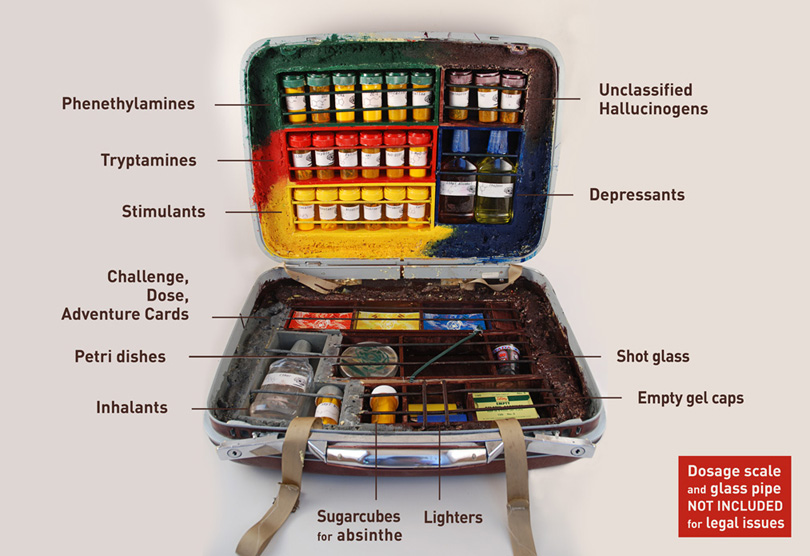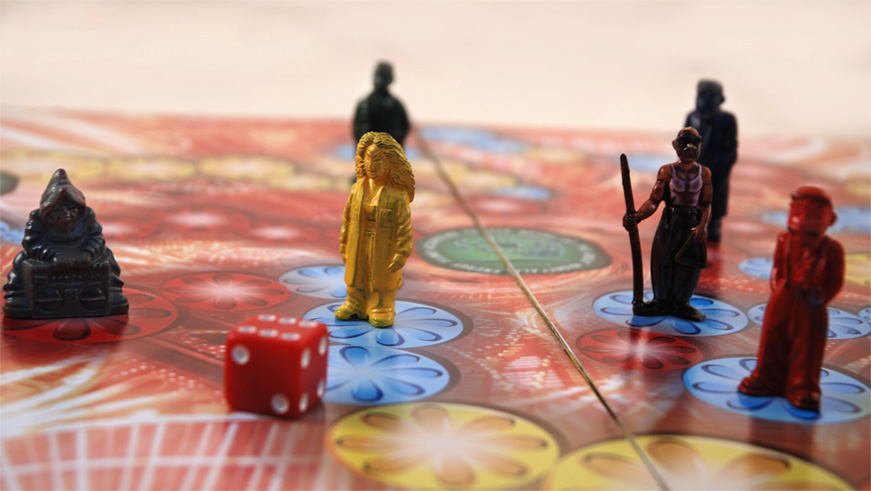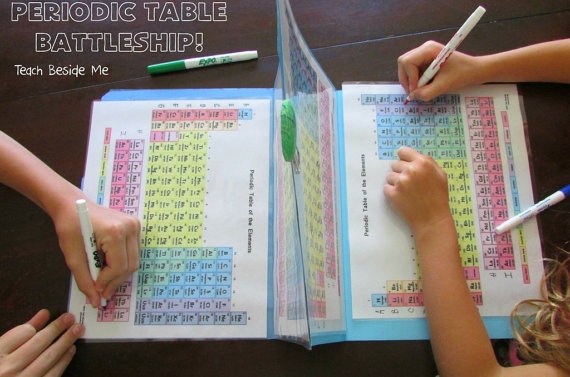There was a time, fair children of the late 20th century, when every movie and television show had itself a board game. Most were bad. But we bought them, and then tried our best to make it work. You can see a collection here. Few ever recreated the spirit of the original work, but instead coasted by on a cynic’s heart hoping to harvest your pop culture memories.
However, the board game version of Fear and Loathing in Las Vegas, created by designer, programmer, and artist J.R. Baldwin, is very much in the spirit of Hunter S. Thompson’s book and well-loved film adaptation by Terry Gilliam. It is also very dangerous to play, and is probably not survivable unless you are Hunter S. Thompson and you have traveled in time to 2009. That’s the year of our clip above, when Alana Joy interviewed Baldwin for a web channel called Life on Blast.

The game comes in a briefcase modeled after Thompson’s traveling apothecary, and uses a board, game pieces, and cards. The board is designed to look like a psychedelic trip, with the spaces and indeed the whole board modeled after peyote buttons, which were also part of Thompson’s Gonzo logo. The starting space quotes the famous first lines of the book (“We were somewhere around Barstow on the edge of the desert when the drugs began to take hold”) and the goal space uses the quote “All energy flows according to the whims of the great magnet” written around a brain.

But it’s the other contents of the case that make the game special: drugs and alcohol, to be taken depending on what circle you land on the game board. Three different card groups dictate actions to take during the game. Yellow cards mean the player must measure out an amount of drugs (including stimulants, inhalants, or hallucinogens) or a shot of booze or absinthe and ingest. (The game helpfully comes with a scale.) Blue cards send the player on an adventure or activity. Red cards are challenges to be taken while under the influence of the substances.

So, okay, Baldwin’s game is not to be taken seriously…or taken orally. It’s actually a one-of-its-kind piece of art that can be purchased for $3,500. Drugs, like batteries, are not included. You must supply your own, possibly through your attorney.
“You could, theoretically, survive the entire game, on all these different substances” Baldwin says. “So why not?”
You can get a sense of the game from the images above. They come from Baldwin’s website, where you can see yet more visuals.
Related Content:
Hunter S. Thompson’s Harrowing, Chemical-Filled Daily Routine
Read 11 Free Articles by Hunter S. Thompson That Span His Gonzo Journalist Career (1965–2005)
Playing Golf on LSD With Hunter S. Thompson: Esquire Editor Remembers the Oddest Game of Golf
Ted Mills is a freelance writer on the arts who currently hosts the FunkZone Podcast. You can also follow him on Twitter at @tedmills, read his other arts writing at tedmills.com and/or watch his films here.



